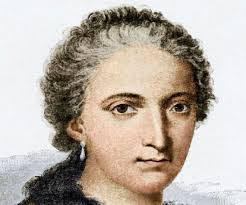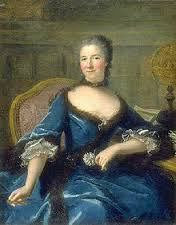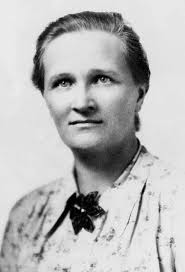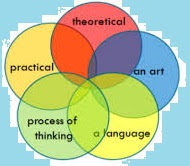Chance and probability plays a great role in shaping our day to day life. Followings are main concepts of probability in our life.
 |
| Game Theory Exposed |
- Game theory is a tool for making decision.
- Life at every instance is uncertain and what we are doing in life, we can either get success or failure.
- From birth to death is the journey of life.
- Life of a person is fixed and within that period of time he/she has to achieve or loss in this materialistic world.
- Life on intermediate journey can change path, but birth and death are fixed.
- Happiness and sorriness on intermediate journey depends on the success and failure respectively.
- The probability of success and failure is applicable everywhere.
- Game is zero-sum if during game wealth is neither created nor destroyed.
- So gambling is a zero-sum game. One person wins then other person must have to lose the game.
- A million dollar person (million-er) can take $1000 risk, but a common man only having $1000 can not take that risk. This is the reason, why rich grow richer and poor grow poorer.
- Game having negative average return attracts more player. One suitable example is lottery.
Key Highlights:
What is your chance of winning the game?
Why to take risk in zero-sum game?
Gambling and probability
जुआ में जितने की संभावना
जुआ में जितने की संभावना
Other Interesting Readings:
Boss Vs. Guide
Blackmail Your Boss
Irritate Your Boss
Read Boss Mind
Reason of Stress in Life
Reasons to have Girl Friend
Money Grows On Plant
Problem Free Life
Natural Reason Of Corruption
Boss Vs. Guide
Blackmail Your Boss
Irritate Your Boss
Read Boss Mind
Reason of Stress in Life
Reasons to have Girl Friend
Money Grows On Plant
Problem Free Life
Natural Reason Of Corruption












